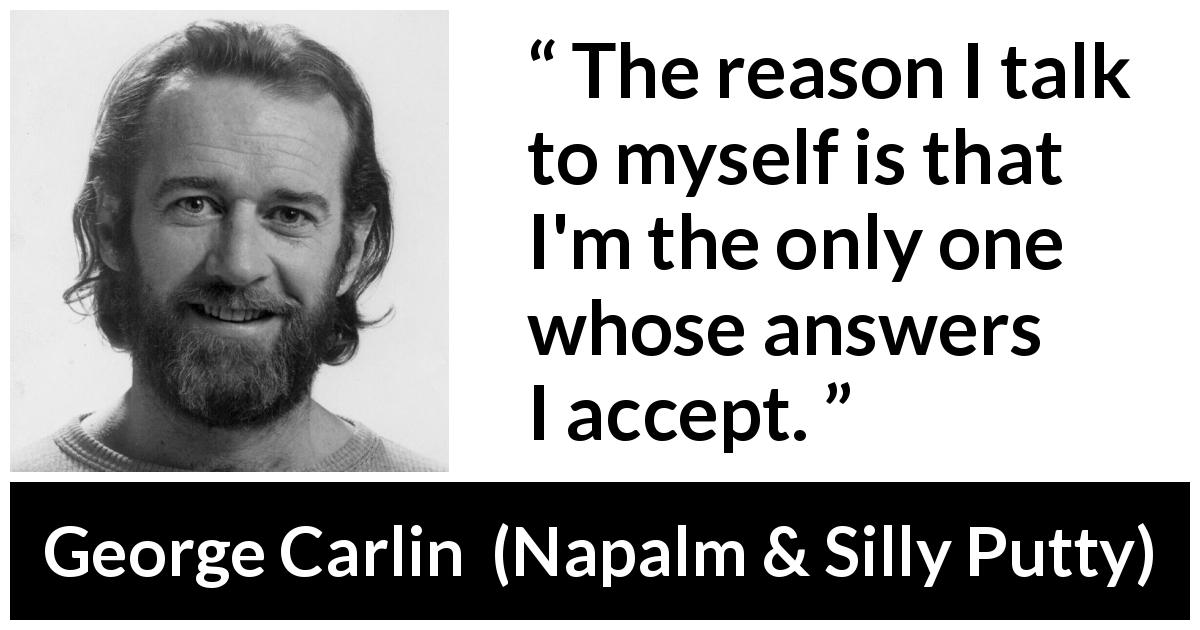The Surprising Link Between Laughter and Game-Changing Innovation.
The Surprising Link Between Laughter and Game-Changing Innovation.
Ever notice how folks like Jerry Seinfeld and Bill Burr can turn something trivial into comedy gold? Or how Dave Chappelle transforms complex social issues into profound yet hilarious commentary? The secret isn’t just talent—they have plenty of it—no, it’s mindset. And this same mindset might be the key to unlocking innovation in your work and life.
I recently recorded a business podcast with Merle Symes, author of “The Innovation Edge: How Large Companies Lose It and How to Get It Back,” and we talked a lot about why some people and companies get stuck and stop innovating.
That’s when it hit me.
The mindset of a standup comic is to always look for humor in life. After 20 years in morning radio, I learned that generating ideas isn’t something you can simply schedule—you can’t just turn it on.
This is where many aspiring innovators fail. They set aside an hour for “brainstorming” and then wonder why groundbreaking ideas don’t materialize on demand. Like a comedian constantly scanning their environment for material, true innovators keep their observation switch flipped to “on” 24/7.
We all experience the same world, yet comedians extract observations that leave audiences thinking, “How did I miss that?” As Merle told me, comedians “see the same everyday things as the rest of us. But they see it differently because they’re looking for it.”
Take Steve Jobs, for example. He didn’t invent the smartphone—although some people think he did—he tied in the simplicity of a comedian’s punchline to design. The iPhone stripped away complexity and made the ordinary revolutionary.
Innovation follows the same pattern. The innovator’s perspective transforms ordinary situations into extraordinary opportunities—not because they see something others can’t, but because they’ve trained themselves to look when others don’t.
How often have you heard a comedian’s punchline and thought, “That’s so obvious—I could’ve come up with that”? The same thing happens with innovations. As Merle pointed out, “After the fact, people look at an innovation and say, ‘Oh yeah, that should’ve been obvious. I should’ve thought of that.'”
George Carlin nailed it: “The reason I talk to myself is that I’m the only one whose answers I accept.” Innovation works the same way—breakthroughs often start by questioning what everyone else blindly accepts.

The most encouraging parallel between comedy and innovation is the democratization of creativity. Just as humor can come from unexpected sources, Merle emphasized that “everyone in the entire organization can be innovative” and that “some of the best ideas come from the people you’d least expect.”
Creating a culture where everyone feels empowered to contribute breaks down the artificial barriers we’ve built around creativity. Innovation isn’t a department or a job title—it’s a mindset that can and should permeate every level of an organization.
Like any skill, a comedian’s observational powers improve with practice.
Here’s how you can start:
You might think, “But I’m not creative like a comedian.” Here’s the thing: Neither were they—at first. Jerry Seinfeld didn’t start with genius; he started by writing jokes every single day. Innovation is a muscle, not a gift.
The next time you admire an innovative product or service, remember: the difference between you and its creator might not be intelligence or resources, but simply the habit of keeping your observational switch permanently flipped to ‘on.’
In innovation, as in comedy, timing isn’t just about when you deliver—it’s about always being ready to receive.